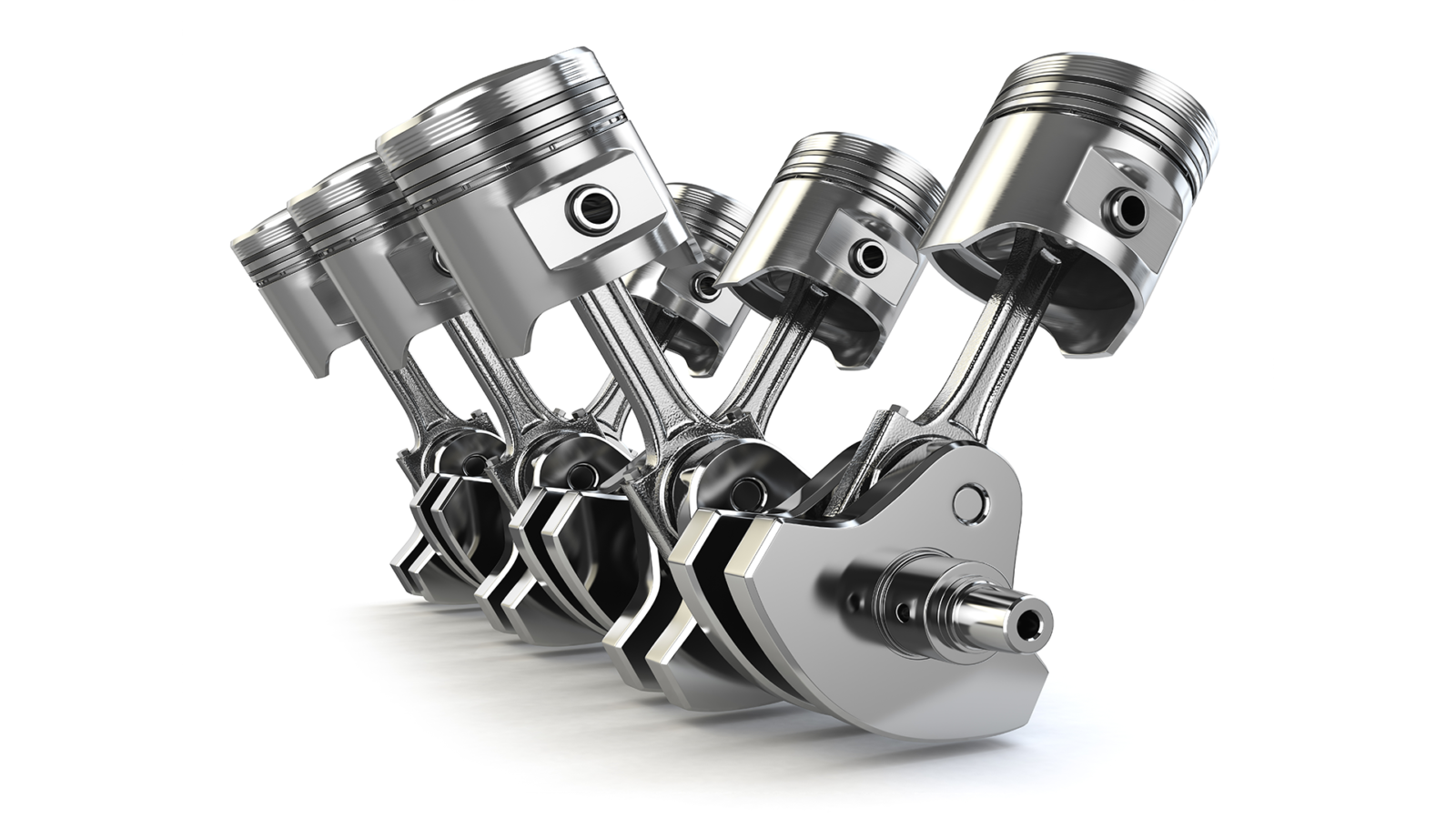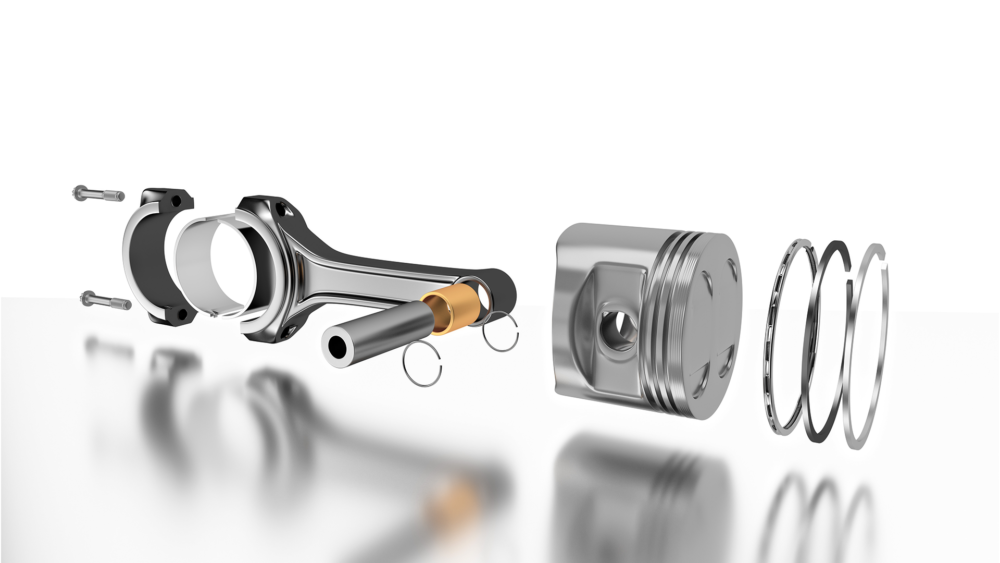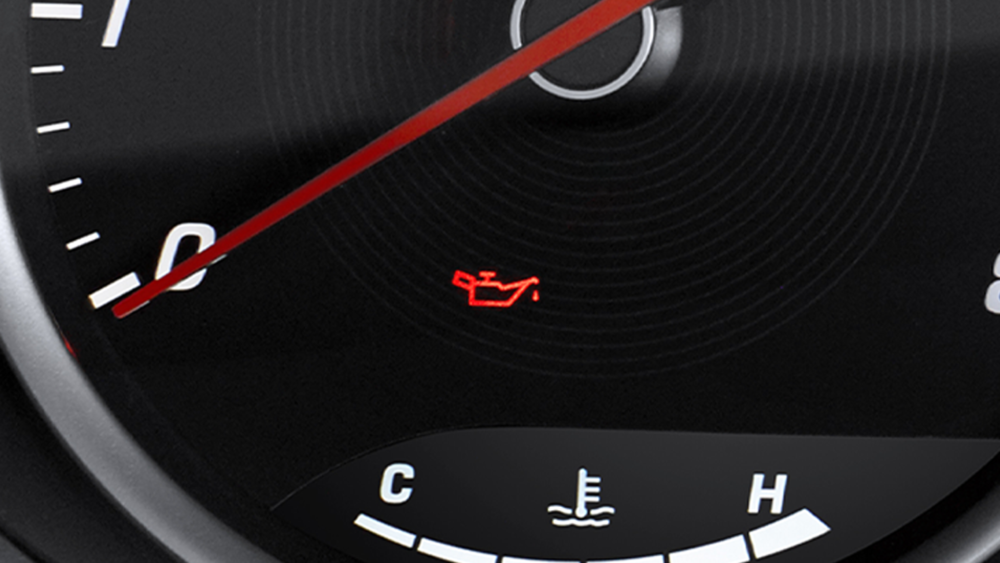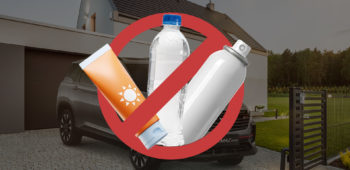Getting to Know Car Pistons, Their Functions and Causes of Damage
29 May, 2023

The piston plays an important role in the combustion system, so its performance must be maintained. Damage to the car’s piston components will have a fatal impact on the vehicle. For more details about the piston, from definition to maintenance tips, here’s a full review.
What Is a Car Piston?
The car piston is a component that is located in the cylinder block area. This section is closely related to driving comfort and safety. The piston of this car has the main function as a receiver for combustion pressure.
After the combustion pressure is received, it will then be forwarded to the crankshaft. The forwarding process is carried out through the connecting rod. The role of the piston is also related to the combustion process, so that the car’s engine power is supplied.
Function
1. Combustion Expansion Power Converter
The piston can function to convert combustion expansion energy into mechanical energy. When the spark plug fires, combustion will be created. Apart from that, an explosion in the form of heat, residual combustion gas, and expansion energy is also created.
This energy will not be maximized because it has not been converted to mechanical energy. Later, the piston will be pushed directly from the top to the bottom position to carry out this process.
2. Adjust Cylinder Volume
The workings of a car piston are its up and down motion. When these components go down, the volume in the cylinder increases. The engine will suck the fuel and air mixture into the fuel chamber.
If the car’s brake piston is rising, the volume will decrease. This will lead to increased pressure. The temperature of the gas in the fuel chamber is also the same, so that the combustion residue will be pushed.
3. Compressor of Cylinder Material
The next function of the piston is to compress the combustion material. This compressed material has been sucked in so that later it is flammable. This way of working is done when the compression step occurs.
Volume reduction will occur when the piston moves from below and upwards. The condition of the valve inside is also completely closed. The material in the cylinder is still there. Therefore, this process compresses the material in the cylinder.

Components
1. Piston Rings
The shape of the piston ring is like a bracelet with a gap to maintain the flexibility distance. The function of this section is to prevent leakage when compression occurs. In addition, oil and cylinders can also be prevented from entering the combustion chamber.
2. Piston Pen
The piston pen material is made of steel which has resistance to heavy and large objects. The piston pin is also often called the piston pin, connecting the small end of the component. In addition, the piston pin is also useful for hooking the piston rod, as well as transferring power from the piston to the rod.
3.Snap Rings
The location of the snap ring is on the piston pin which looks like a thin ring. This snap ring is used to lock the piston pin. The goal is not to get out easily which results in damage to the block wall.
4. Piston Rod
If there is no piston rod, the performance of other components will not be optimal. Its function is to connect the piston pit with the crankshaft. There are two interrelated holes, namely the piston pit and crankshaft.
5. Piston Gap
This one component measures between 0.02 to 0.12 mm. Its function is to coordinate the upper diameter which incidentally is smaller in size than the lower diameter. The goal is that later the machine will not heat up easily, so that expansion is minimized.
6. Compression Rings
The compression rings are above and center of the piston. Its main function is as a barrier to the process of compressed air and fuel. As a result, leaks at the bottom will be optimally prevented.
7. Ring Oil
Ring oil is a piston component that has two kinds of springs. Its function is to prevent the entry of oil into the combustion chamber. In addition, the oil on the cylinder walls will also be cleaned when the piston moves.
How Does It Work?
The piston works to adjust the cylinder volume. When it is in the down position, the cylinder volume will increase. Air in this position will be sucked into the fuel chamber, and mixed with fuel oil.
If the position of the piston rises, the air volume will decrease. This position will also be useful for increasing the pressure and temperature of the fluid mixture. For more details, here are four important points on how car pistons work:
- Sucking air into the cylinder section
- Compressing combustion material
- The results of this compression will be converted again into mechanical movement
- The rest of the combustion gas is pushed so that it will come out later
Causes of Damaged/Problematic Car Pistons and How to Solve Them
1. Age of Use
Car pistons are not always in prime condition as they age. The longer it is aged, the quality loss is bound to occur. Damage will begin to be felt when usage reaches the age of 5 years. The solution is to service the vehicle regularly. This is useful for identifying earlier if this component has started to wear out.
2. Use of Low Octane Fuel
Octane is a unit that represents the amount of pressure, before the fuel runs out. This unit is also often referred to as the RON. Low RON fuel will cause piston damage. Indeed, in terms of price, low octane fuel will be cheaper. However, to treat car pistons, use high octane fuel. Besides being good for pistons, it’s also good for treating other car components.
3. Use of Poor Quality Oil
Poor quality oil can worsen car components, including the pistons in them. Make sure the vehicle oil is in accordance with the type of car, and of maximum quality. In addition, change the oil regularly so as not to damage the pistons and other car components.
4. Clash of Pistons and Valves
The collision of these two components can occur if the piston you are using is not original. In addition, it could also be because it does not match the vehicle specifications. As a result, collisions occur, especially the previously good quality piston.
Car pistons are very vital to your vehicle and cannot escape service. Try to fix it immediately if you find that this one component feels worn out. In addition to making the vehicle safe and comfortable, it also does not cause damage to other components.




